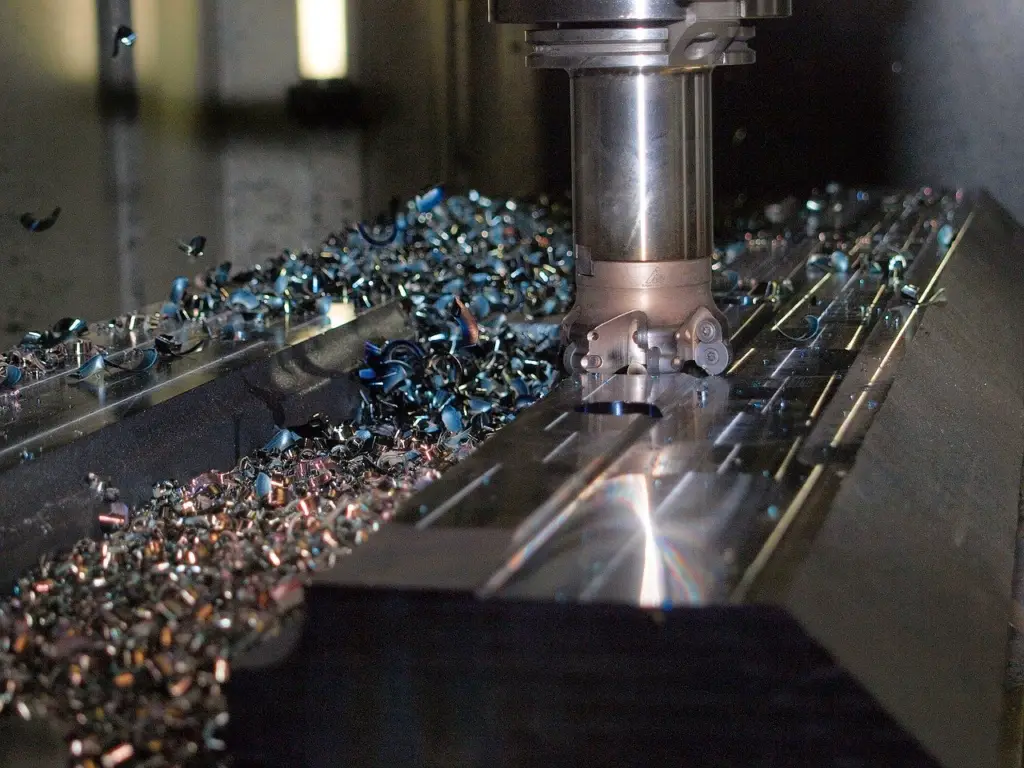
Innovations in Computer Numerical Control (CNC) machining present new challenges and new opportunities for manufacturers. Recent developments are changing the game.
To stay competitive, today’s shop needs to leverage both the technology and the workforce for competitive advantage. Three trends to watch are multi-axis machines, human-machine interface, and interconnectivity or “smart” machines.
“Right now — as it’s harder and harder to find good programmers and operators of machinery — with manufacturing being on the rise, many companies are looking more to automation and machines with attached robots to help keep up with the pace of the market. 5-axis machinery is still very hot as well and is becoming more and more easily found in standard job shops across the country,” explains Tom Kohm, President & CEO of Premier Equipment, a leading seller of used CNC machines.
Multi-Axis Machines
The latest CNC machines support a 4 or 5-axis process rather than the old 3-axis standard. Going to a 5-axis setup allows for much greater flexibility. More complex parts can be produced without the need to spend extended time on repositioning.
Multi-axis machines are now at a price point that makes them widely available. Modularity allows a 3-axis machine to be upgraded to 4 or 5, another cost-effective and convenient feature. It is now possible to make more complex pieces at faster speeds.
Human-Machine Interface
Changes in the CNC process require new skill sets from the manufacturing workforce. There is an industry-wide problem of maintaining the pipeline of incoming operators as more and more old school machinists retire. There is also the challenge of making sure current operators keep up with what increasingly advanced CNC machines can do.
Modern machine design is moving toward having the machines themselves present tutorials and troubleshooting to the operator. Touchscreen controls provide an intuitive user interface that can alert the operator of possible errors. Operators can work faster and more confidently with fewer mistakes because the machine itself is designed to warn about potential problems or miscalculations before they occur.
Smart Machines
CNC machines that can collect and share data are another driver of faster and more efficient operation. Specs and instruction sets can be stored to ensure uniform production, or modified to allow virtual experimentation. Risk is reduced in the design process. A custom design can be created digitally, then tested and refined as many times as needed. The final design can be saved to make a prototype or a production run, or transmitted to another machine.
Increased use of smart machines will also have an effect on the workforce. The need for IT techs to maintain CNC machines will grow. The manufacturing workers role will have less operation of the machine and more monitoring and interacting with it.
Looking at the axiom of “fast-good-cheap – pick any two” the latest developments in CNC are certainly driving towards fast and good; while not cheap they are within reach of shops of all sizes. The combination of hardware innovation, workforce development and interconnectivity creates a thriving economic environment for manufacturing going forward.










